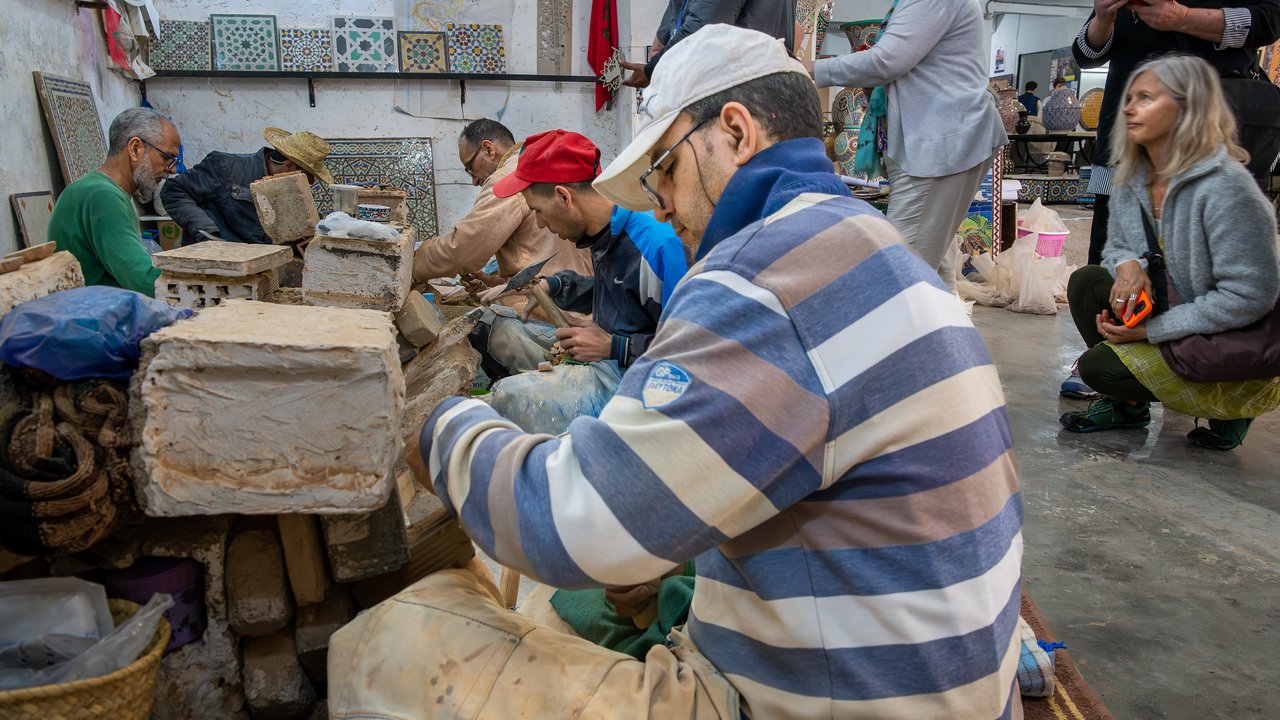
Moroccan Artisan Craftsmanship: Why Handmade Matters
Morocco is renowned for its rich culture, vibrant landscapes, and a deep tradition of artisan craftsmanship. From intricately woven rugs to meticulously carved wooden doors, Moroccan craftsmanship is celebrated around the world for its authenticity and artistry. In a time when mass production and machine-made products dominate the market, handmade items offer a unique touch that embodies history, culture, and a personal connection to the craftsperson.
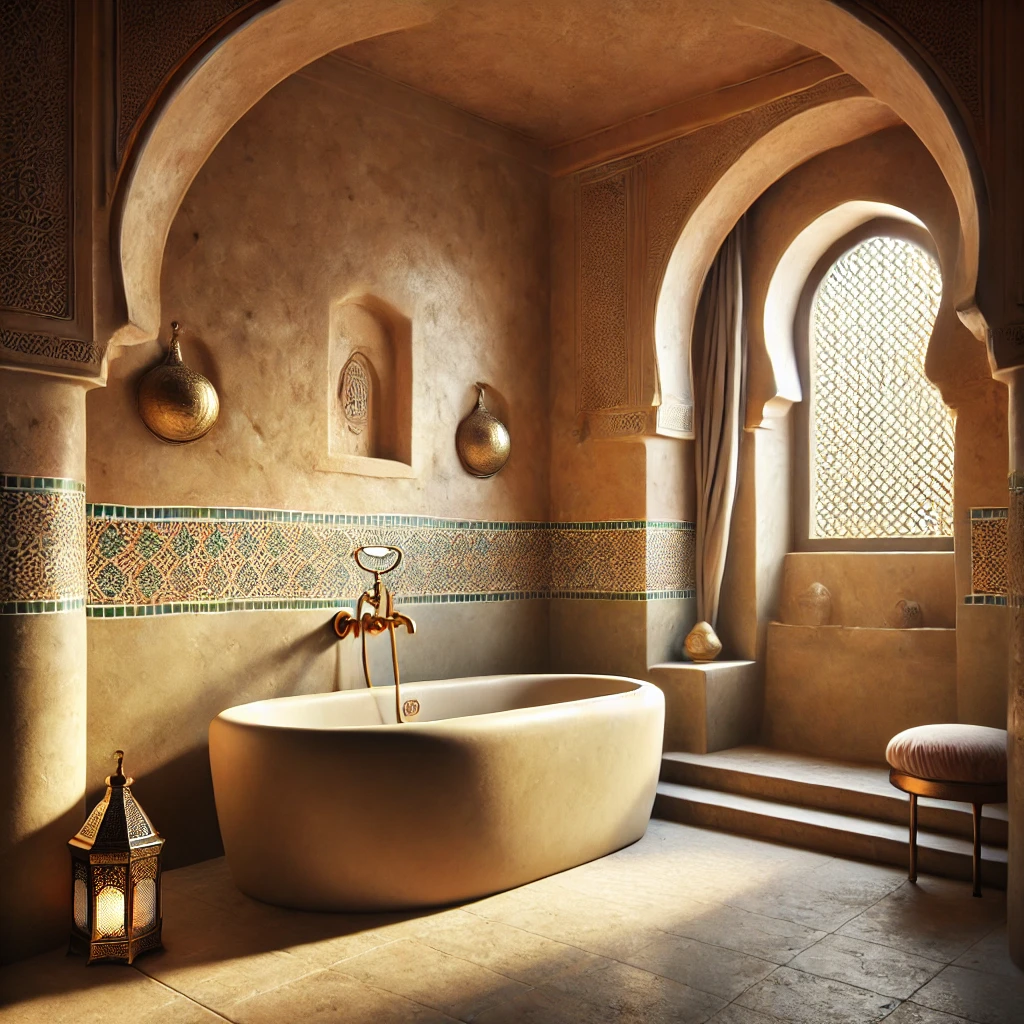
How Moroccan Tadelakt Compares to Other Wall Finishes
Tadelakt is a traditional Moroccan plaster that has gained international popularity for its smooth, luxurious finish and unique character. Known for its versatility, durability, and natural aesthetic, tadelakt is often used for walls, bathrooms, and even sinks and countertops. But how does it compare to other popular wall finishes?
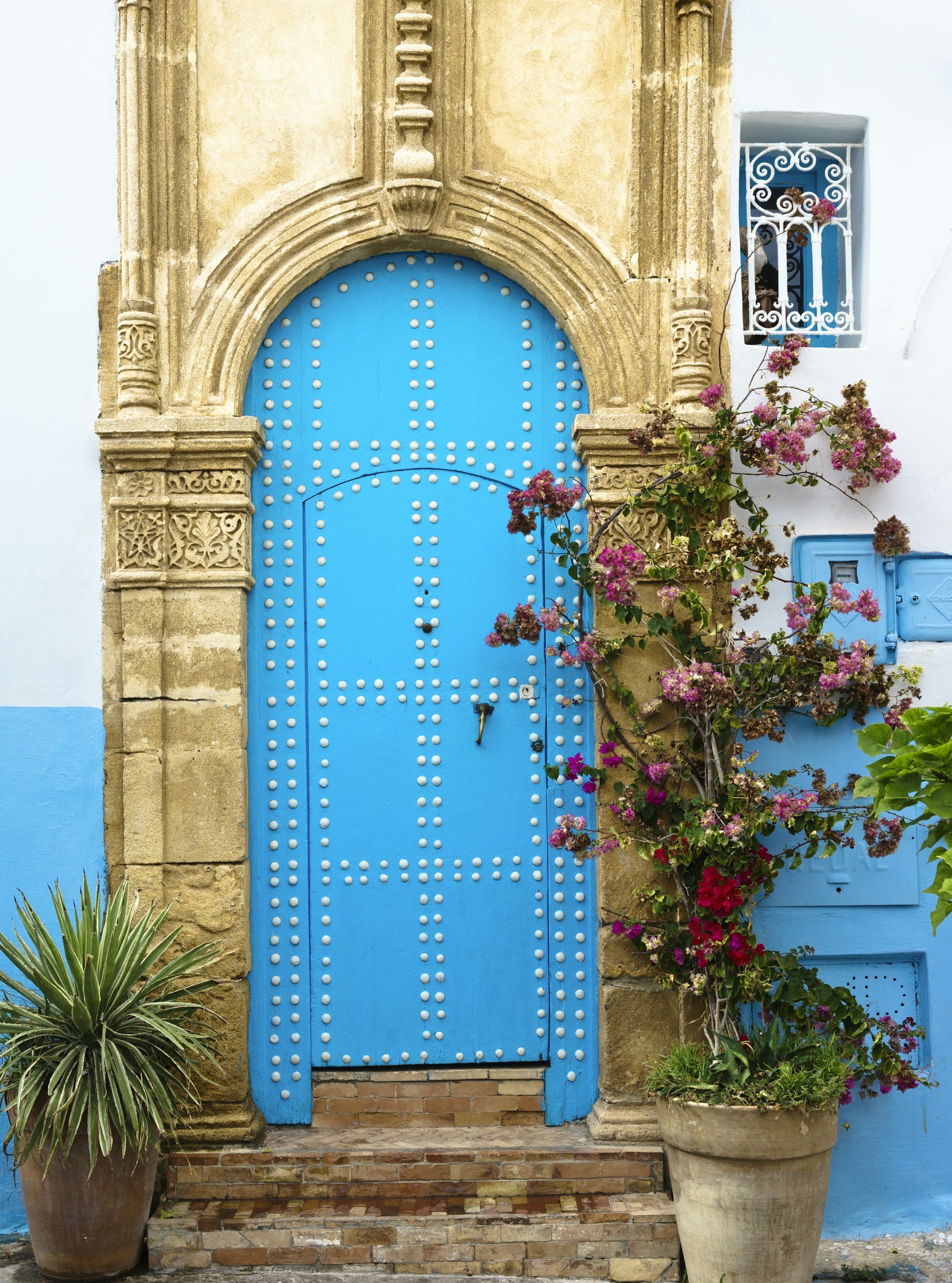
How Moroccan Doors Add Personality to a Home
Moroccan doors are more than just entryways—they are statements of artistry, cultural heritage, and personality. These doors, often intricately designed and adorned with vibrant colors, carved patterns, and ornate hardware, are an iconic element of Moroccan architecture that instantly brings character to any space. Whether used as a main entrance, garden gate, or interior accent, Moroccan doors carry the essence of traditional craftsmanship while adding a touch of mystique and individuality to a home. Here’s how Moroccan doors can transform and personalize your living space.

The Spiritual and Cultural Role of Fountains in Moroccan Homes
Fountains are an iconic feature of Moroccan architecture, found in traditional riads, gardens, and public spaces. More than just decorative elements, fountains in Moroccan homes serve profound spiritual and cultural purposes. They embody a deep connection to nature, offer a tranquil environment, and symbolize spiritual purity and hospitality. The presence of water is central to Moroccan culture, reflecting the cultural values of life, tranquility, and balance. Let’s explore the unique role that fountains play in Moroccan homes, from their spiritual significance to their contribution to everyday life.
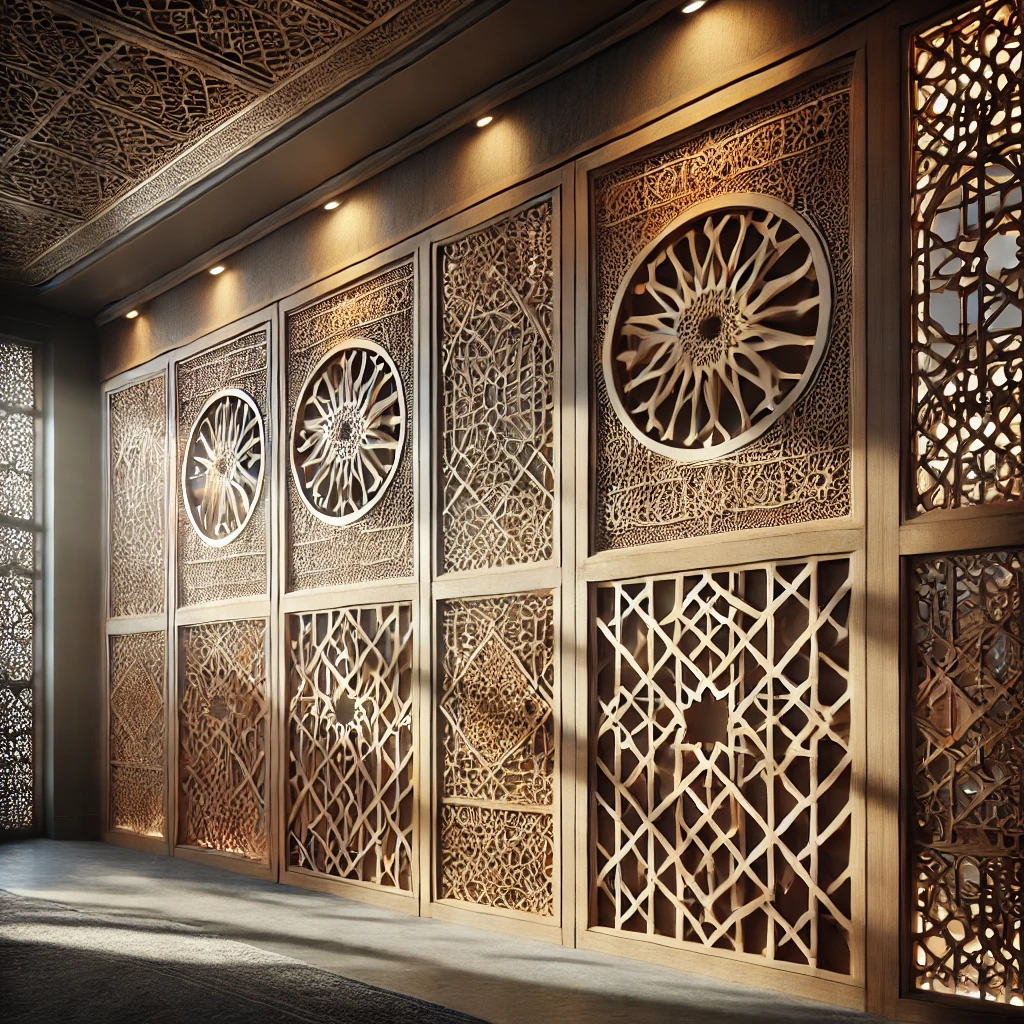
Integrating Moucharabieh Screens in Modern Homes
Moucharabieh screens, also known as lattice or mashrabiya screens, are a signature element of Moroccan architecture. Traditionally used for privacy and airflow, these intricately carved wood or metal screens add a sense of elegance, cultural heritage, and depth to any space. In modern design, moucharabieh screens are making a comeback—not just for their visual appeal, but also for their ability to blend privacy, light, and aesthetics seamlessly.
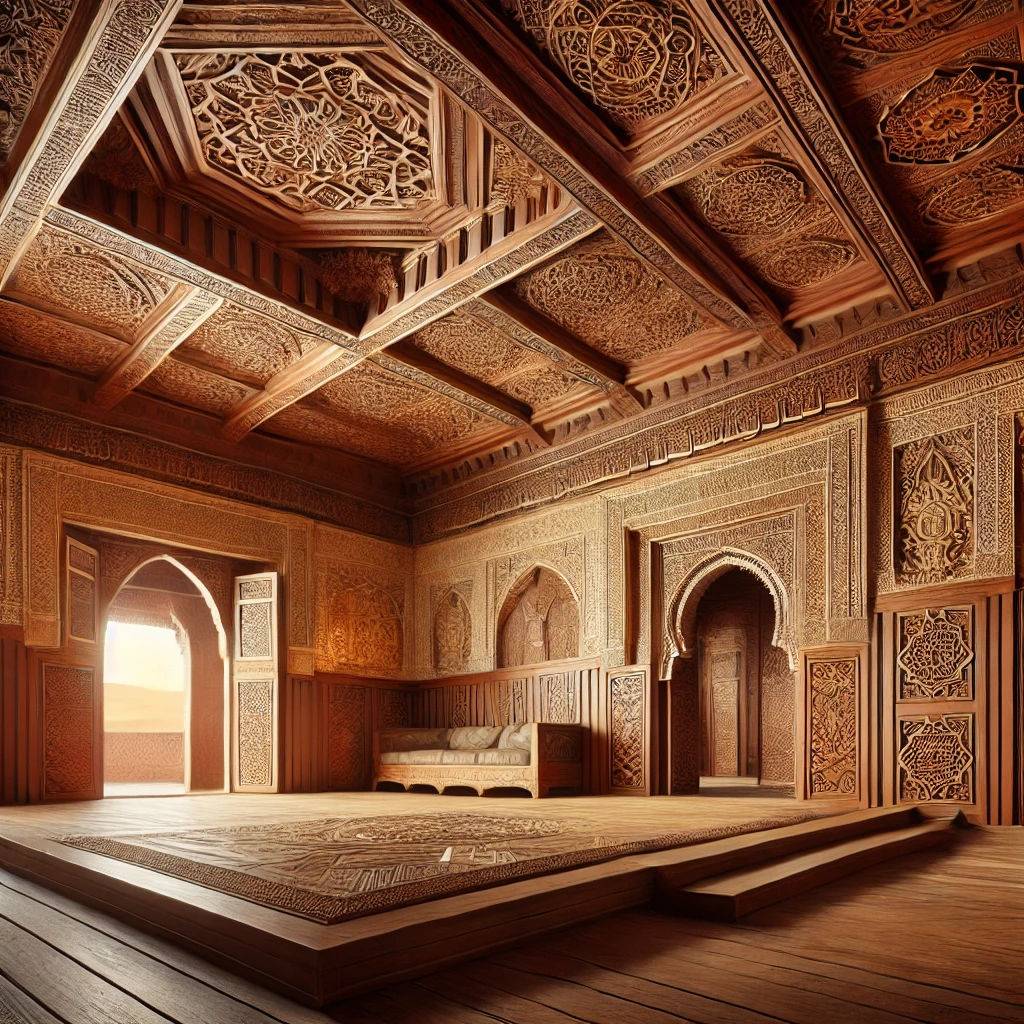
Carved Cedarwood in Moroccan Interiors
Moroccan interiors are renowned for their intricate beauty and artistic detail, and one of the most captivating elements that contribute to this unique charm is carved cedarwood. From ornate ceilings to beautifully designed doors, carved cedarwood is a hallmark of traditional Moroccan craftsmanship that brings warmth, elegance, and a deep sense of cultural heritage to any space. The use of cedarwood in Moroccan homes is not just about aesthetics; it’s about preserving an art form that has been passed down through generations, blending functionality with artistry.
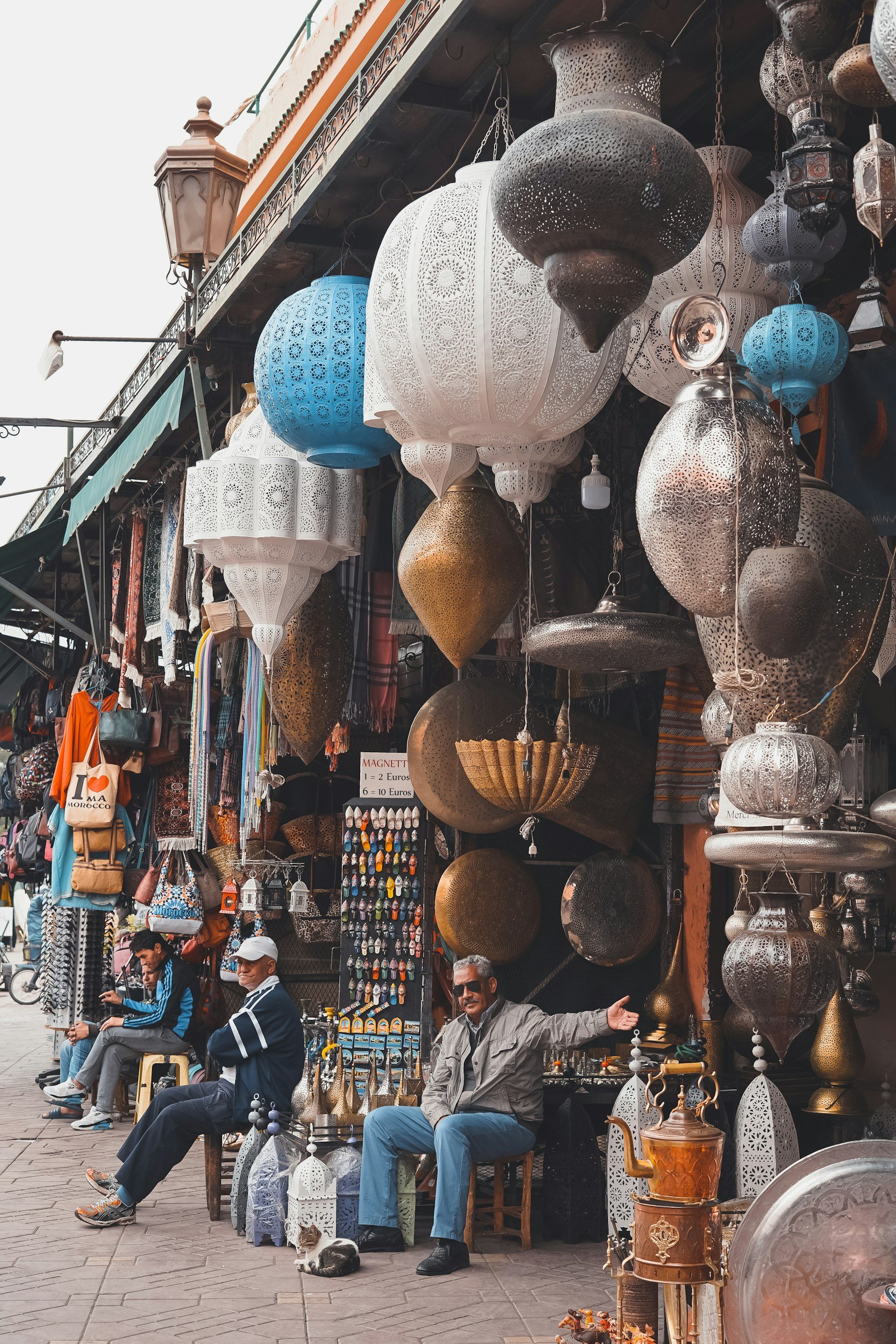
Handcrafted Moroccan Lighting: Bringing Traditional Fixtures into Your Home
Handcrafted Moroccan lighting is known for its warmth, intricate designs, and the captivating way it plays with light and shadow. These traditional fixtures, often made from brass, copper, or iron, are a testament to the artistry and craftsmanship that has been passed down through generations in Morocco. Incorporating Moroccan lighting into your home allows you to bring a touch of culture, craftsmanship, and a unique aesthetic that transforms your space into a warm, inviting retreat.
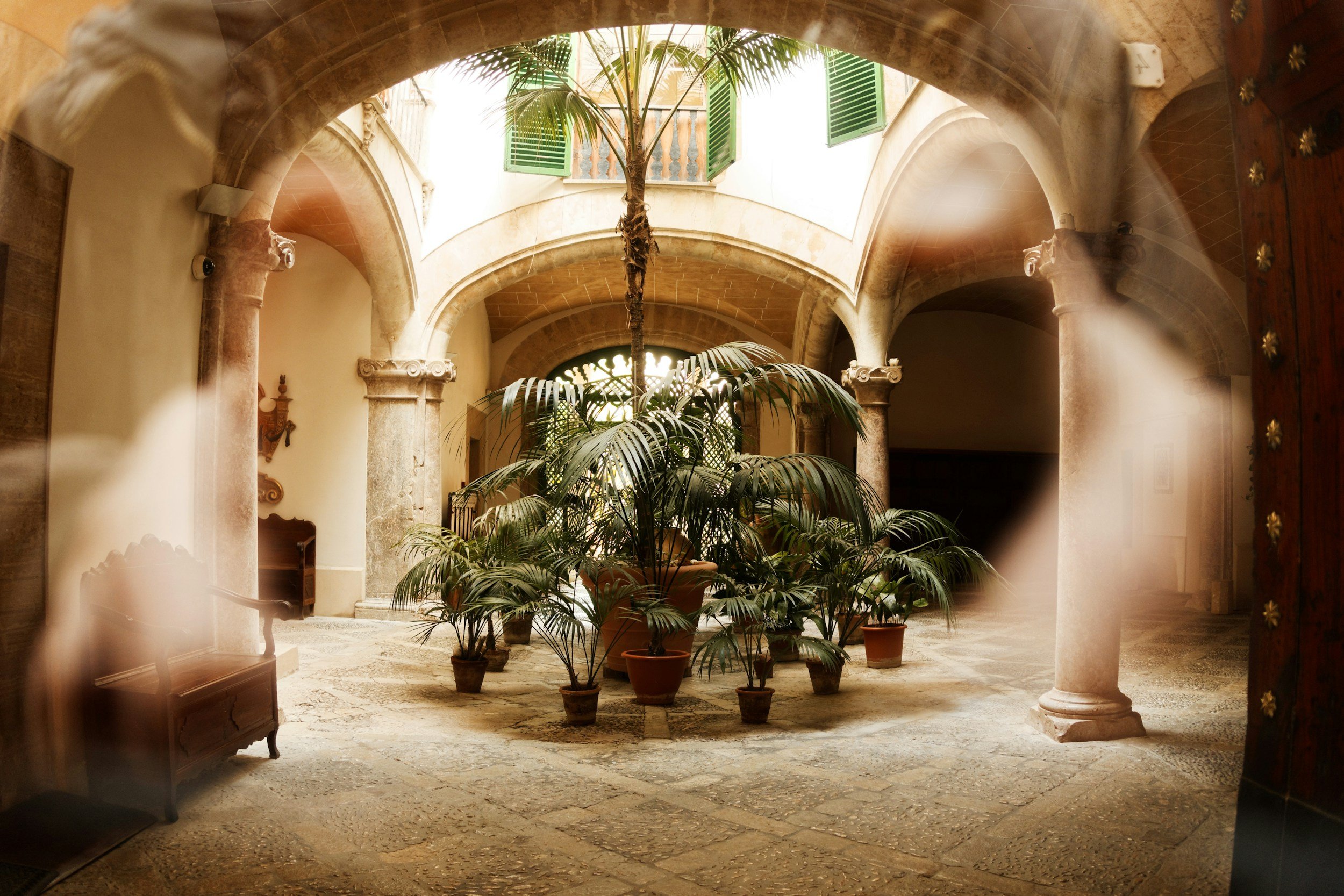
The Tadelakt
Tadelakt is a traditional Moroccan plaster technique that embodies luxury, craftsmanship, and cultural heritage. Known for its smooth, velvety texture and soft sheen, tadelakt is used to create seamless surfaces that evoke a sense of timeless beauty. From hammams to riads, tadelakt has been a staple of Moroccan architecture for centuries, and its appeal continues to grow in modern design.
